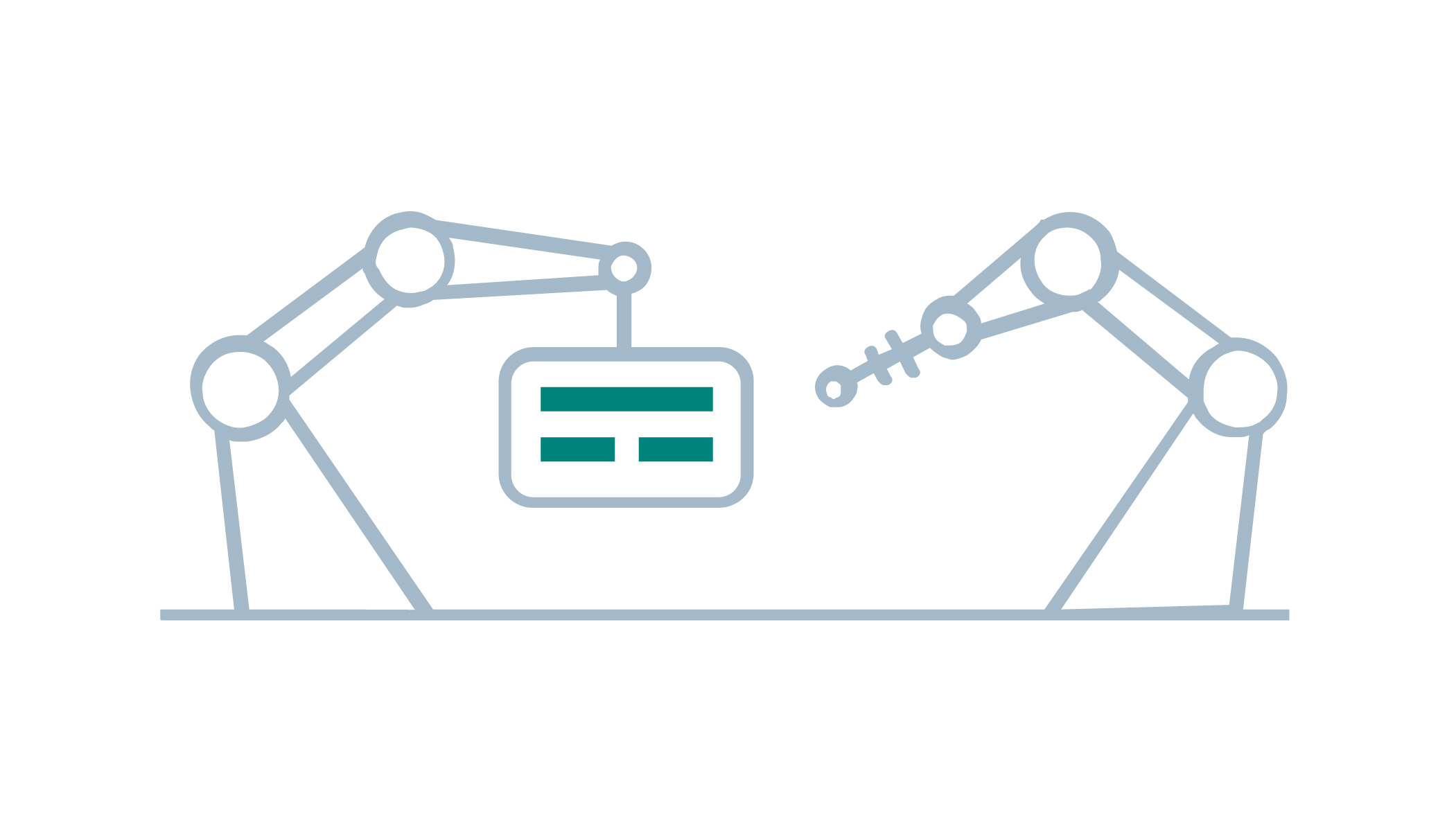FAQ
Frequently Asked Questions
- What is the objective of DC-INDUSTRIE?
In the joint project DC-INDUSTRIE, an open DC network for automated industrial plants is being developed and tested. The main areas of research are variable-speed drives, AC/DC supply devices, DC/DC converters for coupling energy storage systems or solar fields, protection and switching devices, connection technology and decentralised network management. The DC network specified in the project is:
- open to all manufacturers and users
- easy to use due to its logical system structure
- energy-efficient because the entire recuperative energy is used
- safe due to the use of fast electronic circuit breakers
- robust due to the division into process-oriented load sectors
- Today industry uses 3~ AC. Why DC now?Many consumers already require DC voltage (DC) for their operation. For example, in frequency converters, which are required for the speed control of electric motors, AC is first converted to DC in order to generate a variable AC voltage again. DC networks have a central AC/DC conversion. The integration of renewable energies and the use of LED lighting is much easier to achieve. All decentralised AC/DC power supplies are no longer required and the resulting disturbances into the AC supply grid can be significantly reduced.
- Are there already functioning installations? Since 2018, the project partners have been developing suitable components for the test vehicles. These are currently running in a total of 4 demonstration facilities at Daimler, KHS, and Homag. In the coming months, measurements and tests will be carried out to validate the system concept and document concrete results.
- What are the benefits for the plant operator?
- reduced feedback effects into the AC grid, eliminating the need for expensive compensation systems
- reduced connected load, which minimises electricity costs
- peak shaving through integration of short-term energy storage systems
- ride through capability during AC failure through integration of long-term energy storage systems
- easy integration of renewable energies (solar and wind)
- use of the entire recuperation energy
- What does DC-INDUSTRIE have to do with Industrie 4.0? In a DC network, the energy flow measurement and control are intrinsically given. A higher-level energy management system can record all data and initiate measures for process optimisation, power distribution and malfunction avoidance.
- What is the contribution of DC-INDUSTRIE to the “Energiewende”? In the DC network, all recuperated energy is utilised and is not dissipated in braking resistors. This, together with the elimination of distributed AC/DC converters, saves primary energy. Furthermore, the DC grid offers the possibility to easily integrate energy storage systems and renewable energy generators. This is done via galvanically coupled or galvanically isolating DC/DC converters. The AC grid is relieved of both current peaks and current harmonics.
- Is DC just as safe as AC? Yes it is. The same guidelines must be applied to the DC network as to AC networks in order to ensure human protection. For safe switching and disconnection, new semiconductor and hybrid brakers are being developed and are used in the model applications.
- How can system availability be increased by using the DC network?
A frequent concern in industrial production is cost-intensive downtime due to power interruptions. The simple integration of energy storage devices into a DC network enables continued operation even during power failures. In addition, the DC grid can be isolated or grounded via a high impedance. This so-called quasi-IT grid has the advantage that the system can continue to produce even in the event of an earth fault, until the issue is resolved at the end of a shift, for example.- How much energy can be saved?
It depends strongly on the application and will be measured in the model applications.- What distinguishes the DC-INDUSTRIE network from other DC networks, e.g. in building automation or data centres?
- higher voltage and power range
- highly dynamic loads
- bi-directional power flow
- multi-vendor DC grid
- What happens to three-phase motors operated directly on the grid?
The switching device between the grid and the three-phase motor is replaced by a robust inverter (DC/AC converter) with variable speed control. This means that the motor can not only run in start/stop mode, but its speed is also optimally adapted to the process. This minimises energy consumption and power dissipation. - How can system availability be increased by using the DC network?
